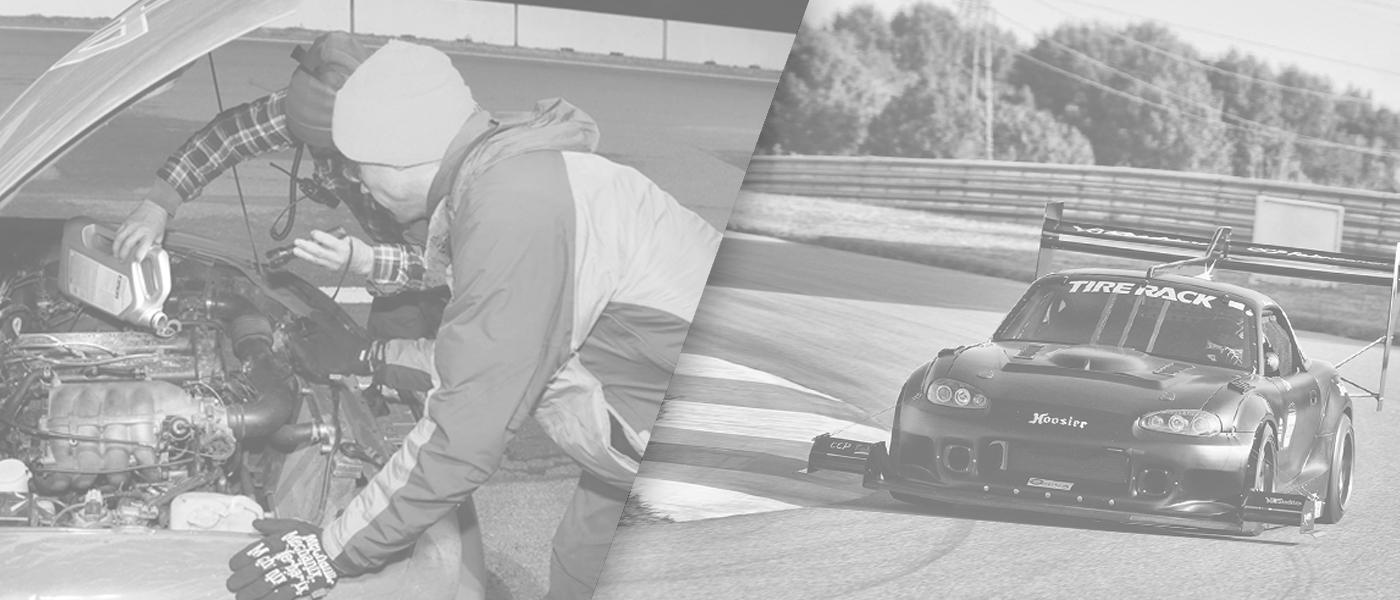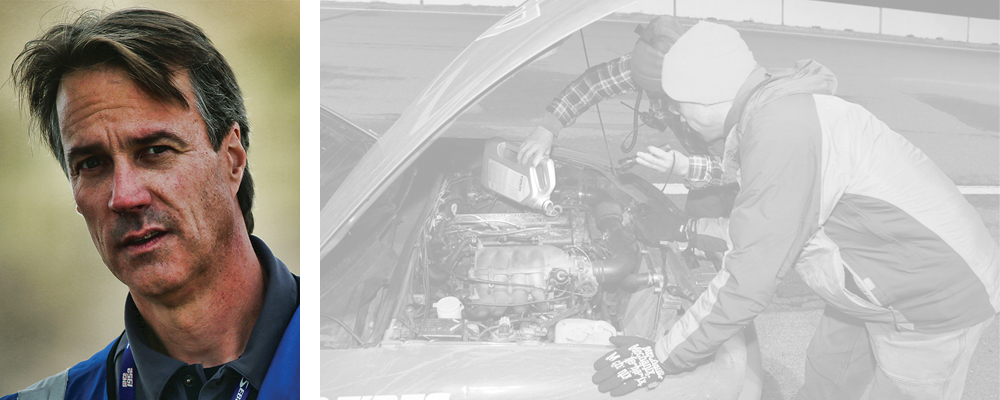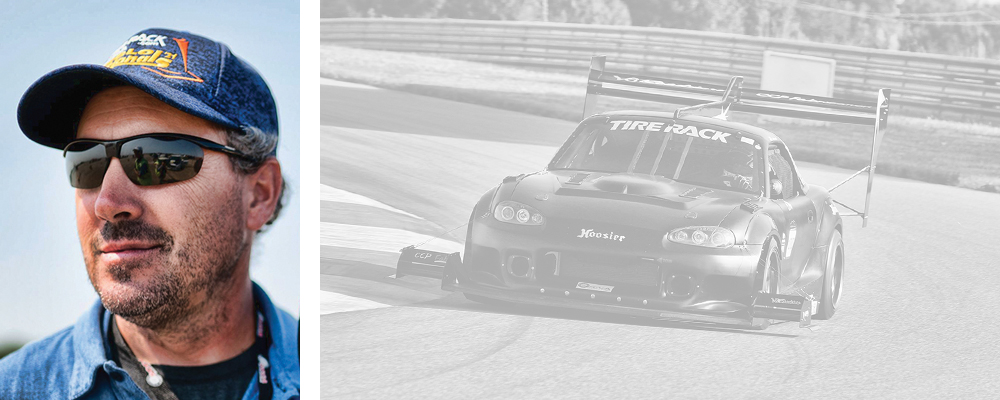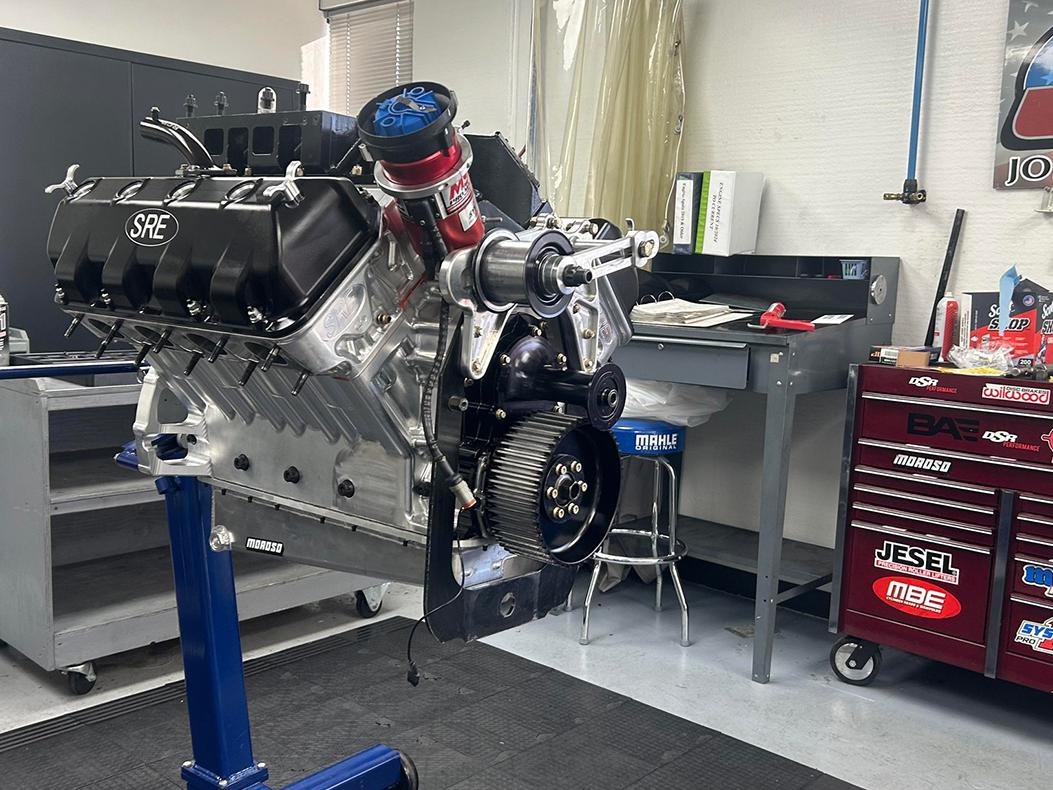Make The Case: Tougher on Parts: Endurance Racing vs. Time Trials

Endurance racing has long been considered the ultimate crucible for vehicle components, but time trial events can put parts through an incredible amount of stress in a very short amount of time, and the flat-out nature of the format leaves little room for mechanical sympathy. While our advocates represent sanctioning bodies that play host to both styles of racing, they do offer different perspectives regarding which discipline is the most demanding test of durability.

There’s no doubt in my mind that endurance racing demands more of race cars and their components than time trials do just by virtue of the duration of the stints. Most endurance races are at least three hours long. Any event longer than that is usually going to involve more than one driver, which means there is the possibility at least two different driving styles will have an effect on durability as well.
It’s just hours and hours at a time of driving at race pace, and the shorter the enduro event is, the more intense the driving tends to be. From what we’ve seen in our Western Endurance Racing Challenge series, the three-hour races run at nearly the same pace as a 30-minute sprint race.
With endurance racing, there are essentially two main considerations when it comes to parts and overall durability. There are consumables—brakes, tires, and other components like that. Those parts are seeing a lot of wear over the course of one race. The tires are basically being subjected to one heat cycle that’s three hours or more, and the brakes are just heated and cooled again and again with very few pauses along the way. It’s a situation that has required manufacturers to respond in turn. Companies like Hawk Performance, for instance, have developed new and more robust pad compounds for endurance racing as a result. That demonstrates that there was a need for a better, more durable part specifically for this type of motorsport.
The other big consideration is the hard parts—transmission gears, shafts, axles—all of the things that have a longer shelf life, but still incur fatigue over time. I’ve talked to a lot of people about what it takes to prepare for an event like the 25 Hours of Thunderhill, and they all say that they basically have to have a brand new car at the beginning of the race because they’re essentially putting an entire season’s worth of racing on the car over the course of two calendar days. Axles that would normally last a couple of years in other racing disciplines might only be good for that one race.
The intensity that those parts are subjected to in endurance racing is immense. BMW E36 and E46 chassis are very popular in grassroots endurance racing, but there are elements of those chassis that will actually crack under the stress of this type of application. The tabs where the sway bars mount, the floorpan where the differential mounts, and the strut towers weren’t originally designed for the loads they’re subjected to in endurance racing, and that’s why reinforcement kits for those cars now exist.
Although the format of this type of racing allows the drivers to conserve the car a bit over the course of an event, there will be numerous teams at a race like the 25 Hours of Thunderhill finishing with one working forward gear. There might not be enough time left in the race to replace a transmission, or replace a bad CV shaft, so they just stay out there and do their best to keep the car together just long enough to get over the finish line. Given that, the parts that earn a reputation for being unbreakable tend to be the components of choice for most endurance teams, as opposed to the lightest or otherwise higher-performing options out there.

Colin Chapman once said that the perfect race car turns to dust as soon as it crosses the finish line. Whether it’s a flying lap in a time-attack event, 24 hours in an endurance race, or a quarter-mile in a Top Fuel dragster, reliability is critical, but each discipline defines it a bit differently.
Time trials put an incredible amount of stress on everything in the car for the time it’s out on track. The engine is on boil, the tires and the brakes are being pushed to their limits—everything is being asked to perform at its absolute maximum. That ultimately equates to more abuse on the parts involved. Although endurance racing is absolutely going to test the durability of components, drivers are factoring that into their larger overall strategy. They’re not going 11/10ths all of the time because longevity is one of the highest priorities in an endurance format, whereas the fastest time-attack cars in the world do a slow out lap, absolutely burn it down for lap, and then basically coast into the pits. Those cars don’t have anything left at the end of one of those sessions because they’re being pushed right to their breaking point. It’s not about making it last, it’s about making it fast.
With that in mind, the durability concerns are different. At the pointy end of time attack is usually an engine combination with forced induction, so there’s a lot of stress on engine components. Splitting a header is something that might happen in an endurance car after four or five seasons of racing, but we were pressure-testing our headers after each weekend on our time-attack car. Because we’re running at the edge of the car’s performance envelope, we’re dealing with dramatic spikes in heat and pressure rather than levels that are sustained for extended periods of time.
Durability is an important factor for any race car, and weight is also a really big consideration when it comes to time trials, but the core goal is to build a combination that’s going to yield maximum performance right away. In an endurance race it’s okay if it takes a little while for components to get up to temperature, but time trials require components that can take the abuse immediately and perform at peak levels. A world-class time-trials car is more akin to a Top Fuel dragster than an endurance racer in terms of parts longevity. It just has to last for the next 90 seconds without blowing up.
 MEMBERSHIP LOGIN
MEMBERSHIP LOGIN JOIN PRI
JOIN PRI


